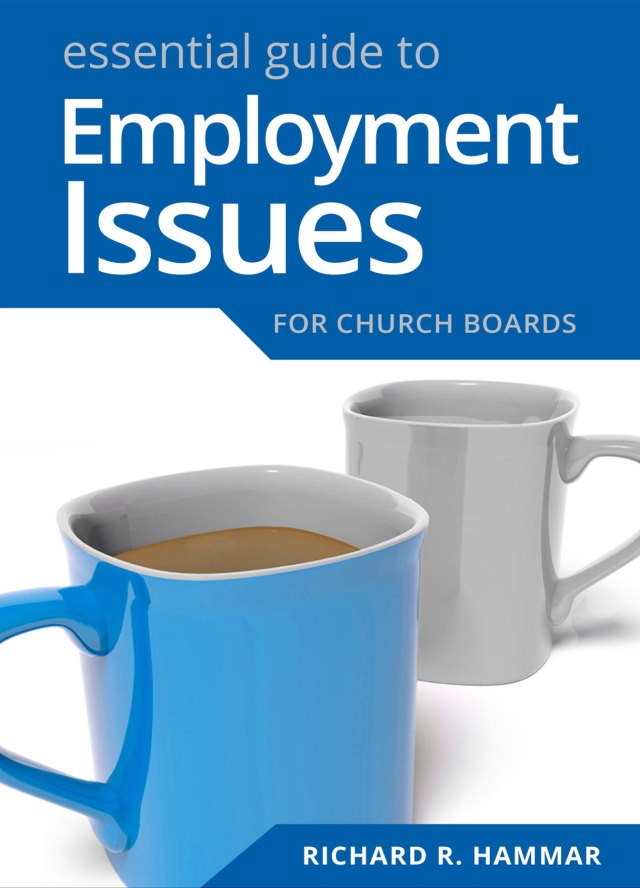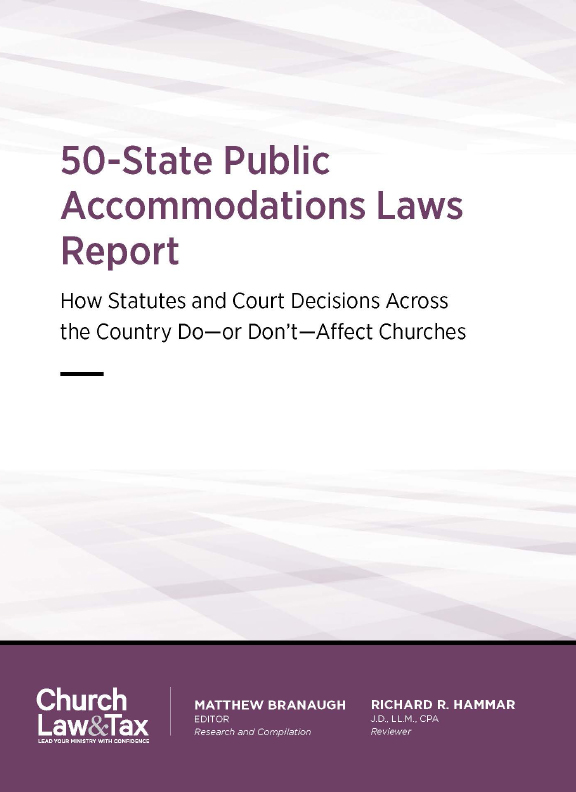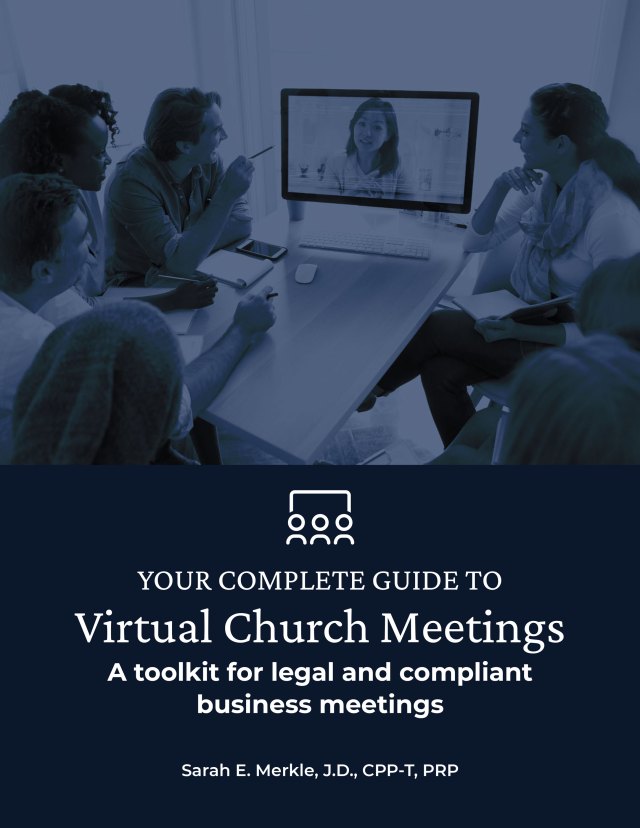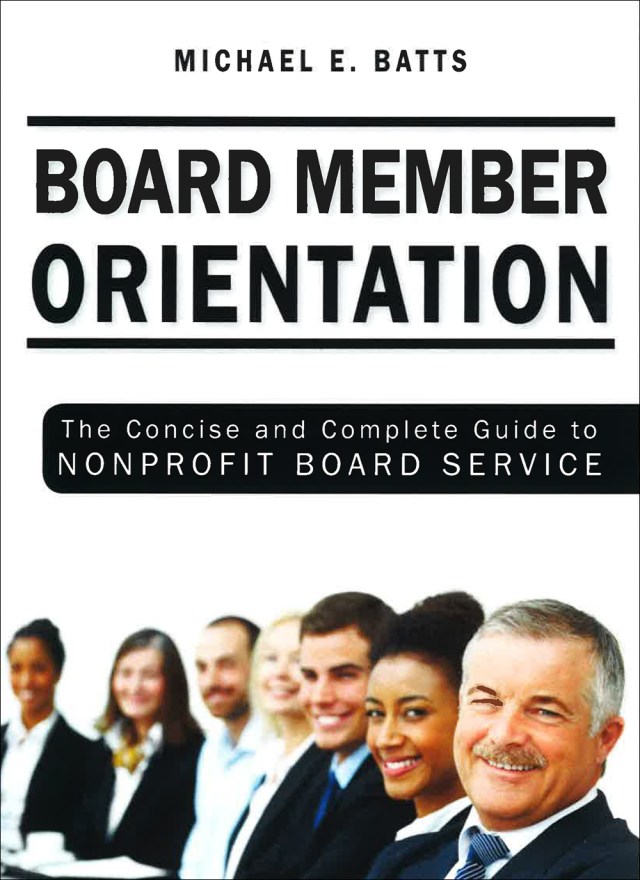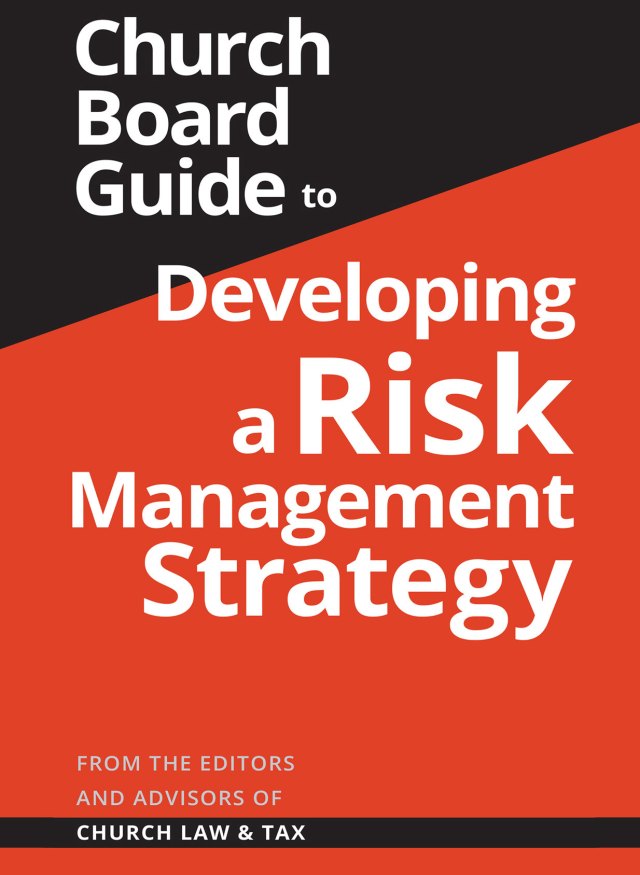Key point 6-02.02. Churches are subject to the provisions of their governing documents, which generally include a charter and a constitution or bylaws (in some cases both). A charter is the state-approved articles of incorporation of an incorporated church. Most rules of internal church administration are contained in a constitution or bylaws. Specific and temporary matters often are addressed in resolutions. If a conflict develops among these documents, the order of priority generally is as follows-charter, constitution, bylaws, and resolutions.
Key point 6-06.04. Church officers and directors can be removed from office in the manner authorized by the church's governing documents. It is common for church bylaws to give the membership the authority to remove officers and directors who engage in specified misconduct or change their doctrinal position.
Key point 6-12.01. Church membership meetings must be conducted in accordance with the procedural requirements ordinarily specified in the church's governing documents. The most common requirements pertain to notice, quorum, and voting.
Key point 6-12.04. Most courts refuse to intervene in church disputes concerning the validity of a membership meeting that was not conducted in accordance with the procedural requirements specified in the church's governing documents. However, some courts are willing to intervene in such disputes if they can do so without inquiring into religious doctrine or polity.
An Ohio court ruled that a church's board of trustees had been properly ousted and replaced with a new board in a specially-called business meeting that was called in accordance with state nonprofit corporation law. In 1988, a church hired a new pastor. Two years later, the church adopted bylaws to govern the church. Over the next several years, problems arose between the pastor and members of the church's board of trustees regarding how the pastor conducted church services. As a result of this conflict, the pastor resigned during a board meeting in which the trustees expressed their concerns. Following the pastor's resignation, certain members of the congregation expressed a desire to have the pastor reinstated. These members called a special meeting of the congregation at which 41 members were present. During this meeting the pastor was reinstated, and the board of trustees were ousted and replaced with a new board. The ousted board members filed a lawsuit in which they asked a court to declare them to be the lawful trustees of the church and to issue an order barring the "new" board from disbursing church funds and exercising authority and control over the church's property and functions.
A trial judge ruled that while the special meeting had not been properly called pursuant to the church's bylaws, it had been called in compliance with Ohio nonprofit corporation law and therefore the elections were valid. The previous board members appealed. They claimed that the provisions of state nonprofit corporation law apply to a church only to the extent that the church has not provided otherwise in its own bylaws. Since the church bylaws did address elections and meetings, these provisions "superseded" conflicting provisions in the state nonprofit corporation law. The state nonprofit corporation law specifies that "a nonprofit corporation may provide its own rules or regulations to govern the calling, noticing, and conducting of meetings of its members." The church bylaws state that "special meetings may be called at any time by the pastor, Board of Trustees Chairman, or by any one in authority so designated by the church." The "Notice of Special Meeting of Members" which was used to call the special meeting in this case stated that "the special meeting was called by the Pastor pursuant to the Bylaws, and also by the following members of the church corporation …." The notice was then signed by forty-two members of the church.
A state appeals court noted that at the time the special meeting was called, the pastor was no longer the pastor of the church. As a result, he was unable to call a special meeting pursuant to the church bylaws. Further, the special meeting was not called by the chairman of the board of trustees or any other person in authority so designated by the church, and so, pursuant to the church bylaws, the meeting was invalid.
The court noted that "the calling of meetings is also regulated by statute," and quoted from the state nonprofit corporation law: "Meetings of voting members may be called by any of the following … (3) The lesser of (a) ten percent of the voting members or (b) twenty-five of such members, unless the articles or the regulations specify for such purpose a smaller or larger proportion or number, but not in excess of fifty per cent of such members." The court noted that the "Notice of Special Meeting of Members" indicated that it had been called by the forty-two members who had signed the notice. The court concluded that since the church's bylaws did not modify the number of members required to call a special meeting pursuant to the nonprofit corporation law, the bylaws did not supersede the nonprofit corporation law, and therefore the special business meeting was properly called because the requirements of the statute were met when forty-two members had called the special meeting.
Application. This case illustrates a couple of important points. First, it is essential that membership meetings (annual or special) of incorporated churches be conducted in accordance with the notice and voting requirements of state nonprofit corporation law. Of course, a church is free to enact bylaws that alter the provisions of the nonprofit corporation law, and if it does so it is generally the bylaws that will control. Second, as this case demonstrates, the provisions of state nonprofit corporation law will be superseded only to the extent that there is a conflicting provision in a church's bylaws. In this case, the nonprofit corporation law allowed special business meetings to be called by 25 members. The church's bylaws, by not addressing the number of members required to call a special business meeting, did not supersede this provision. North Dayton First Church of God v. Berger, 2000 WL 1597963 (Ohio App. 2000).
